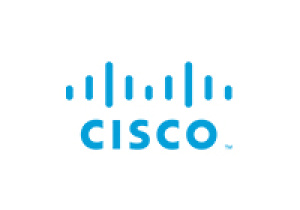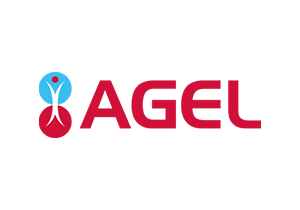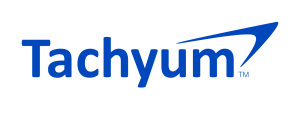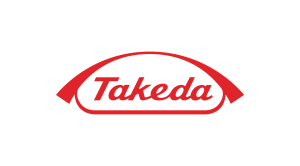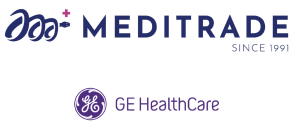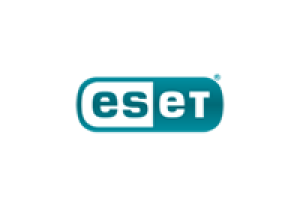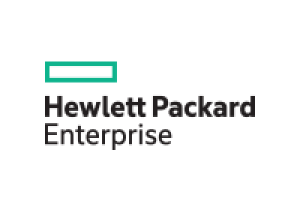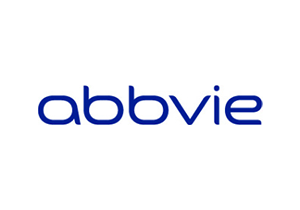
Peter Prónay
Sign in to Spring ITAPA 2024
-
Public Private Partnership | Kongres ITAPA 2003
-
Back-office for public administration | Kongres ITAPA 2002
The sphere of information technology is among the most dynamic areas of the world economy. For the players in this scene, the current period has already brought many surprises - some pleasing, others not. This is valid for both business people and investors, but also touches on the area of public administration, which does not function with venture capital and lacks commercial mechanisms for correcting strategic errors. This is despite the fact that such errors can adversely affect a whole sector, region, or even state. It is therefore right to ask how the public administration will be setting its priorities in the turbulent conditions of IT, and which criteria will be governing its strategic decisions. Experience from abroad shows that public administration is successful when the selected product and implementation strategy optimally approaches business practice. This supposes, above all, the practice of large companies and multinational corporations, which are closest to public administration in terms of financial turnover, numbers of customers and employees, and complex supplier relations. It means that public administration must: • satisfy its customers (citizens, legal persons) by offering services and information in its institutions, • buy from suppliers under best possible terms since it is funded by taxpayers (shareholders), • behave transparently (verification, auditing) and realize its processes economically, In this contribution, we show analogies between both spheres and we encourage representatives of the public sector to join a concept that has been often proved not only in business practice, but also in several countries that set themselves the goal of making their apparatus more effective. The core idea of our contribution is that the frame of a business information system, and especially that of a large company, is its ERP/ERM system (system planning and managing of business resources). The strategic goal of shareholders and management is: • to have a reliable and safe system, and, from the view of trouble-free business operation, accessibility of work procedures only to those with authorization, and long-term confidentiality and integrity of processed data, • to offer consolidated information for use in top-level decision-making and in making analyses and prognoses, • to have processed data that can be immediately used for management and operational activities, • to enable horizontal integration of the system with CRM,SCM, and vertical integration with management systems for production, as well as to provide data for MIS.


